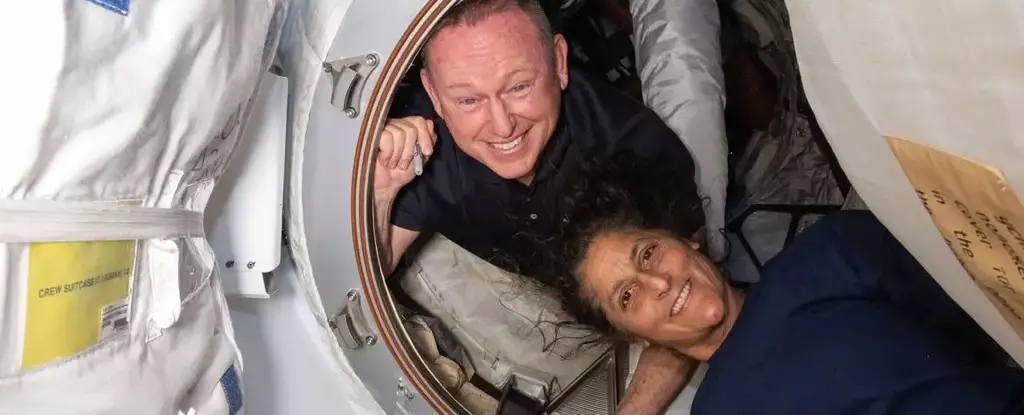Boeing’s Starliner faced a setback recently when it was announced that two US astronauts, Barry “Butch” Wilmore and Sunita “Suni” Williams, who arrived at the International Space Station (ISS) will have to stay six more months. This decision was made due to thruster malfunctions on the Boeing spacecraft, forcing the astronauts to return home with rival SpaceX in February. This unexpected extension was a blow to Boeing, which has been struggling with public relations in recent times.
NASA administrator Bill Nelson emphasized that space flight is inherently risky, especially during test flights. Due to safety concerns, the decision was made to keep the astronauts on the ISS and return the Starliner uncrewed. This choice reflects NASA’s commitment to safety as its core value. By continuing to gather data on the Starliner during its homeward flight, the space agency aims to minimize risks for the crew while ensuring the spacecraft’s safety.
Boeing’s Starliner, after years of delays, finally launched in June, carrying the two veteran astronauts to the ISS. However, technical issues arose as the spacecraft approached the space station, including helium leaks and problems with the reaction control thrusters. These challenges led to the indefinite hold on the astronauts’ return, as the spacecraft may not have had enough propulsive power to descend safely to Earth. This situation prompted NASA to explore alternative options for bringing the astronauts back.
In a rare move, NASA decided to bring back the astronauts on a SpaceX vehicle in February, instead of using the Starliner for the return journey. This decision was made after consultations with senior officials, considering the safety of the crew. While this development posed logistical challenges, NASA and SpaceX worked together to ensure a smooth transition for the astronauts returning from the ISS. The SpaceX Crew-9 mission will now accommodate the returning astronauts, alongside other necessary adjustments to the mission parameters.
The extended stay of the two astronauts on the ISS, coupled with the setback faced by Boeing’s Starliner, has raised concerns about the future of the spacecraft. Boeing, which was expected to provide an alternative option for space travel alongside SpaceX, now faces additional scrutiny and pressure to address the technical issues with the Starliner. The competitive landscape in the space industry has also been highlighted, with SpaceX emerging as the dominant player in crewed space missions.
The unexpected turn of events involving Boeing’s Starliner and the astronauts on the ISS underscores the complexities and risks associated with space travel. While safety remains a top priority for space agencies like NASA, operational challenges and technical failures can disrupt even the most carefully planned missions. The collaboration between NASA and SpaceX in addressing the current situation demonstrates the resilience and adaptability of the space industry in overcoming obstacles and ensuring the well-being of astronauts in orbit. As Boeing works to address the issues with the Starliner, the future of crewed space missions continues to evolve, shaped by ongoing developments and lessons learned from past experiences.


Leave a Reply